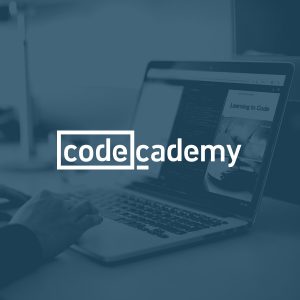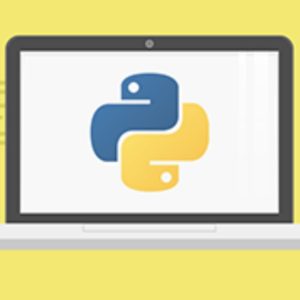
Object–oriented Programming, or OOP for short, is a programming paradigm which provides a means of structuring programs so that properties and behaviors are bundled into individual objects.
For instance, an object could represent a person with a name property, age, address, etc., with behaviors like walking, talking, breathing, and running. Or an email with properties like recipient list, subject, body, etc., and behaviors like adding attachments and sending.
Put another way, object–oriented programming is an approach for modeling concrete, real–world things like cars as well as relations between things like companies and employees, students and teachers, etc. OOP models real–world entities as software objects, which have some data associated with them and can perform certain functions.
Object–oriented programming is based on the imperative programming paradigm, which uses statements to change a program’s state. It focuses on describing how a program should operate.
OOP uses the concept of objects and classes. A class can be thought of as a ‘blueprint’ for objects. These can have their own attributes (characteristics they possess), and methods (actions they perform).
In this course you will learn the key concepts of object oriented programming which includes:
Classes
Methods
Instantiating
Inheritance
Polymorphism
Encapsulation
Abstraction
C# is an object–oriented programming language. The four basic principles of object–oriented programming are:
Specification: Object-Oriented Programming for beginners: Python, C++, C#
|
User Reviews
Be the first to review “Object-Oriented Programming for beginners: Python, C++, C#” Cancel reply
This site uses Akismet to reduce spam. Learn how your comment data is processed.

| Price | $14.99 |
|---|---|
| Provider | |
| Duration | 6 hours |
| Year | 2021 |
| Level | Beginner |
| Language | English ... |
| Certificate | Yes |
| Quizzes | No |

$59.99 $14.99






There are no reviews yet.